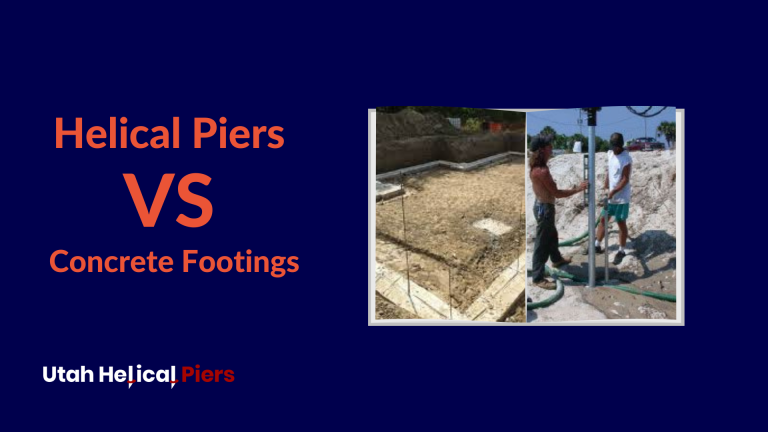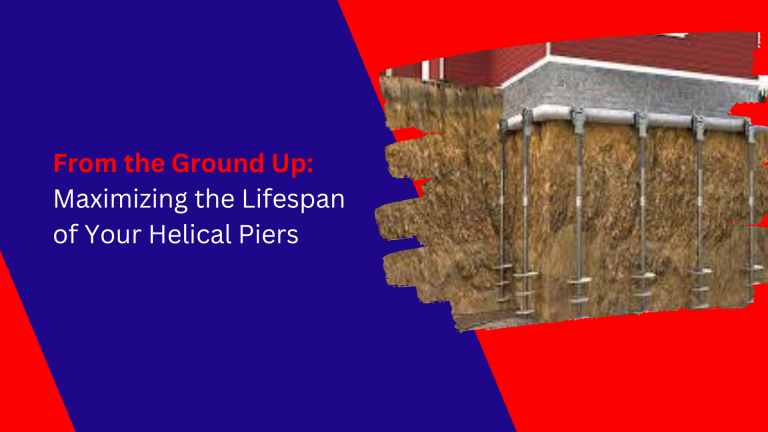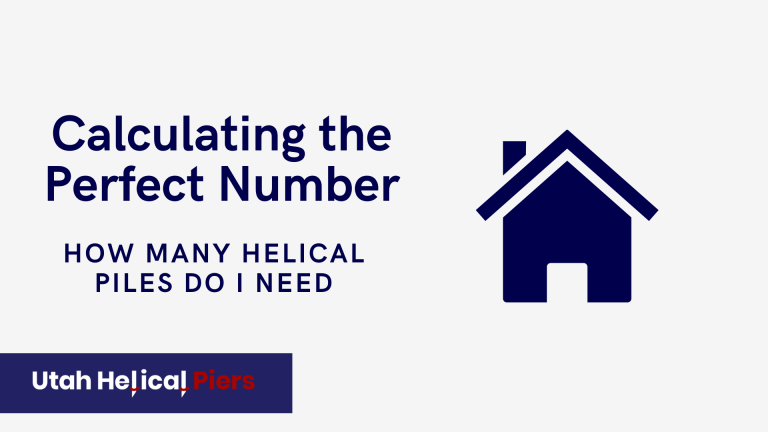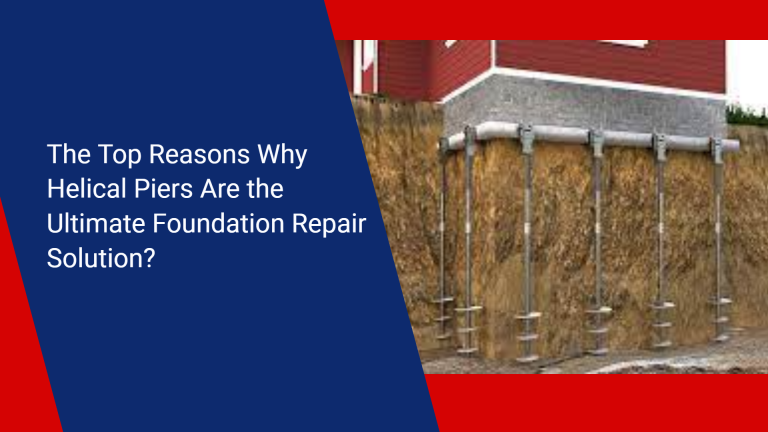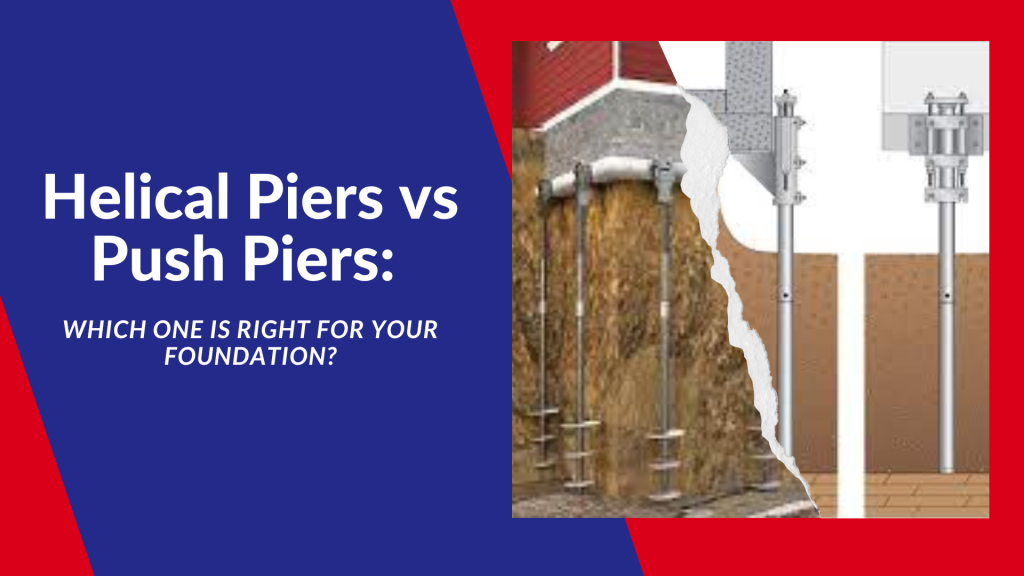
When it comes to repairing a foundation that has started to show signs of damage, there are several options available. Two of the most popular methods include helical piers and push piers. Both of these foundation repair techniques are designed to stabilize and strengthen your home’s foundation, but they work in different ways. Choosing the right method for your foundation repair project is crucial to ensure that you get the best results.
In this article, we’ll take a closer look at helical piers vs push piers and help you determine which one is the best fit for your foundation repair needs.
By the end of this guide, you’ll have a better understanding of how these two methods work and which one is the most suitable for your specific foundation repair project. So, let’s dive in and explore the differences between helical piers and push piers!
Push Piers vs Helical Piers
Helical piers and push piers are both used for foundation repair, but they differ in their design and application. Helical piers are long, steel shafts with helix-shaped plates that are screwed into the ground. On the other hand, push piers are long, steel tubes that are driven into the ground using hydraulic pressure. Helical piers are ideal for foundation repair projects that require a deep foundation solution, while push piers are used for fixing settling foundations.
Helical piers are more versatile than push piers and can be used for various soil types, including clay, sand, and bedrock. They also have the advantage of being installed at any angle, making them ideal for challenging foundation repair projects. Push piers, on the other hand, are only effective in certain soil types and cannot be installed at an angle.
When to Use Helical Piers
Helical piers are used for foundation repair projects that require a deep foundation solution. They are ideal for situations where the foundation has shifted or settled due to soil compaction, expansive soils, or poor soil conditions. Helical piers are also used for new construction projects, where the soil conditions are known to be unstable.
Helical piers are installed by drilling them into the ground until they reach the load-bearing soil. The weight of the structure is then transferred to the helical piers, which are anchored into the ground. Helical piers are a reliable solution for foundation repair and can last for decades without requiring any maintenance.
When to Use Push Piers
Push piers are used for foundation repair projects where the foundation has settled due to soil compaction or poor soil conditions. They are installed by driving them into the ground until they reach a stable soil layer. The weight of the structure is then transferred to the push piers, which support the foundation and prevent further settling.
Push piers are ideal for foundation repair projects that require a quick and cost-effective solution. They are also a good choice if there is limited access to the foundation, as they can be installed from outside the building.
Helical Piers vs Push Piers: Pros and Cons
Both helical piers and push piers have their advantages and disadvantages. Helical piers are more versatile and can be installed at any angle, making them ideal for challenging foundation repair projects. They are also a more durable solution, with a longer lifespan than push piers. However, helical piers can be more expensive and take longer to install than push piers.
Push piers, on the other hand, are a quick and cost-effective solution for foundation repair projects. They require less excavation than helical piers and can be installed from outside the building. However, push piers are less versatile and can only be installed vertically. They also have a shorter lifespan and may require maintenance over time.
Timeframe and Cost Considerations
Helical piers
The timeframe and cost of foundation repair projects depend on various factors, including the extent of the damage, the type of foundation, and the method of repair. Helical piers are generally more expensive than push piers, but they offer a more durable solution. The installation of helical piers can take longer than push piers, but the time frame depends on the size and complexity of the project.
Push piers
Push piers are a cost-effective solution for foundation repair projects, and they can be installed quickly. The installation of push piers can be completed in a few days, depending on the size of the project. However, push piers have a shorter lifespan than helical piers and may require maintenance over time.
Installation Process for Helical Piers and Push Piers
Helical piers
The installation process for helical piers and push piers differs. Helical piers are installed by drilling them into the ground until they reach the load-bearing soil. The weight of the structure is then transferred to the helical piers, which are anchored into the ground. Helical piers are installed using hydraulic machinery.
Push piers
Push piers are installed by driving them into the ground until they reach a stable soil layer. The weight of the structure is then transferred to the push piers, which support the foundation and prevent further settling. Push piers are installed using hydraulic pressure.
Maintenance Requirements for Helical Piers and Push Piers
Both helical piers and push piers require minimal maintenance. Helical piers are a more durable solution and can last for decades without requiring any maintenance. However, it’s recommended to inspect the helical piers periodically to ensure that they are functioning properly.
Push piers may require maintenance over time, as they have a shorter lifespan than helical piers. The hydraulic cylinders used to install push piers may need to be replaced after several years. It’s recommended to inspect the push piers periodically to ensure that they are functioning properly.
Choosing the Right Foundation Repair Contractor
Choosing the right foundation repair contractor is crucial to ensure that your foundation repair project is completed successfully. When choosing a contractor, it’s essential to consider their experience, qualifications, and reputation. A reputable contractor should have years of experience in foundation repair and provide a warranty for their work.
Conclusion
Helical piers and push piers are both effective methods for foundation repair. Helical piers are ideal for deep foundation solutions, while push piers are a quick and cost-effective solution for settling foundations. When considering helical piers vs push piers, it’s essential to consider your specific foundation repair needs, timeframe, and budget. By choosing the right method and contractor, you can ensure that your foundation repair project is completed successfully and your home is safe and stable.

